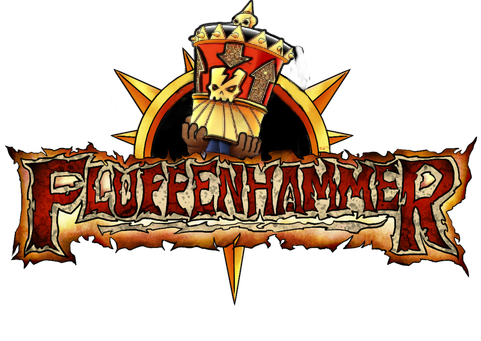Bloody Books Reviews- Zavant by Gorden Rennie
I did not know anything about the main character, Zavant when I purchased the book. The concept is a good one, though it might turn some people off. I do not think it is an exaggeration to say that Zavant is Sherlock Holmes set in the Warhammer world. This is both good and bad. In order for this sort of homage to work, it requires that the author accomplish three tasks: 1) he must successfully imitate the style of the original author; 2) his stories must be as engaging as those of the original while bringing in new elements; 3) he must imitate without copying—perhaps the most difficult of the tasks.
How does Rennie hold up in his homage to Sir Arthur Conan Doyle? Surprisingly well.
The book is organized into two short stories, a short novella, and a full-length novella. In the first short story, entitled "Buried Secrets" and sub-titled "The Affair of the Araby Exhibit", Rennie proves he can successfully accomplish the first task. He faithfully recreates that Holmes atmosphere and that Doyle diction. Unfortunately, the story was also disappointing in that it failed on the other two counts. The plot is fairly indicative of a simplified Holmes story. Zavant is called in to help solve a mysterious murder which he does with aplomb, while uncovering the hidden plot behind it. What follows is a mad dash in a carriage to the harbor, where the hero and his halfling manservant must head off the evildoers before they can escape. Rennie imitates Doyle almost too well, leaving the reader with the feeling he has read this all before. On top of that, however, there is no classic ending whereby the master detective explains his unforeseeable logical deduction. There was deduction involved but most readers will have already seen through it. The story is not bad but it is too much Holmes and not enough Warhammer.
The second story, "Red Moon Over Altdorf", quickly eased my worries about the rest of the book. In this story, Zavant is asked by one of the Emperor's closest advisors to assist a witch-hunter in solving a series of murders in the heart of the capitol. Again, Rennie's style is remarkably similar to Doyle's but here we more Warhammer elements worked into the story. The intrigue, plotting, and horror we expect from Warhammer is all here. The ending was not entirely unforeseeable but much better than the first story.
The third story—nearly a novella at 80 pages—is called "The Politics of Shadow". There is a bit less mystery in this story, but Zavant is called upon by his nemesis for aid in defeating a greater and far more powerful evil. This story is a great romp through Altdorf's underworld and Zavant shows how, even in such a setting as Warhammer, brains can defeat brawn. The opening scene is unforgettable and full of ideas for players who are interested in making their character a bit more unique. I should note that the two novellas move somewhat away from Doyle's style by also describing some scenes from the perspective of minor characters, which works well and perhaps even better than the imitation of the first two stories. (A small error in the German appears in the text, as the Street of Assassins is referred to as "Auftagskillers Str.", while it should be "Auftragskillers Str.")
The best part of the book is the second half (140 of the 280 pages) which is the novella, "The Horror at Alt Krantzstein or The Case of the Twisted Man". Some more mystery here, but heavy doses of Warhammer as well. In many ways it is an excellent blending of the two. In this story, a man is found most horribly killed in a locked room with no other access. Zavant has to not solve the mystery of his death which leads him to conclude that chaos is involved and the source of the taint lies far from Altdorf, in a monastery tucked into a forsaken wilderness. There awaits an ancient evil plotting to wreak havoc on the Empire from within. (Again, a minor quibble with the German. "Alt Krantzstein" is supposed to mean "Old Sickstone." However, in German this would make it "Alt Krankstein" while "Krantzstein" sounds more like "circle stone"... but I am not a native speaker, so maybe I am wrong and this is an older form of a German word for "sick".)
Some readers will undoubtedly find that the main character is too much a copy of Holmes, with the details changed. Those who give the book a chance will likely find, however, that the quirks which distinguish the Zavant from Holmes are not only there but consistent with the Warhammer world. Some of the changes are even amusing, such as the cocaine addiction of Holmes being mirrored in Zavant's illicit use of warpstone dust to "focus" his thinking.
My conclusion, if it is not already obvious, is that Rennie has succeeded well in capturing both the flavor of the Sherlock Holmes mysteries and the Warhammer world and combined them into an entertaining mixture. If you are a fan of dark fantasy and Doyle's detective, then you will find this book useful.


